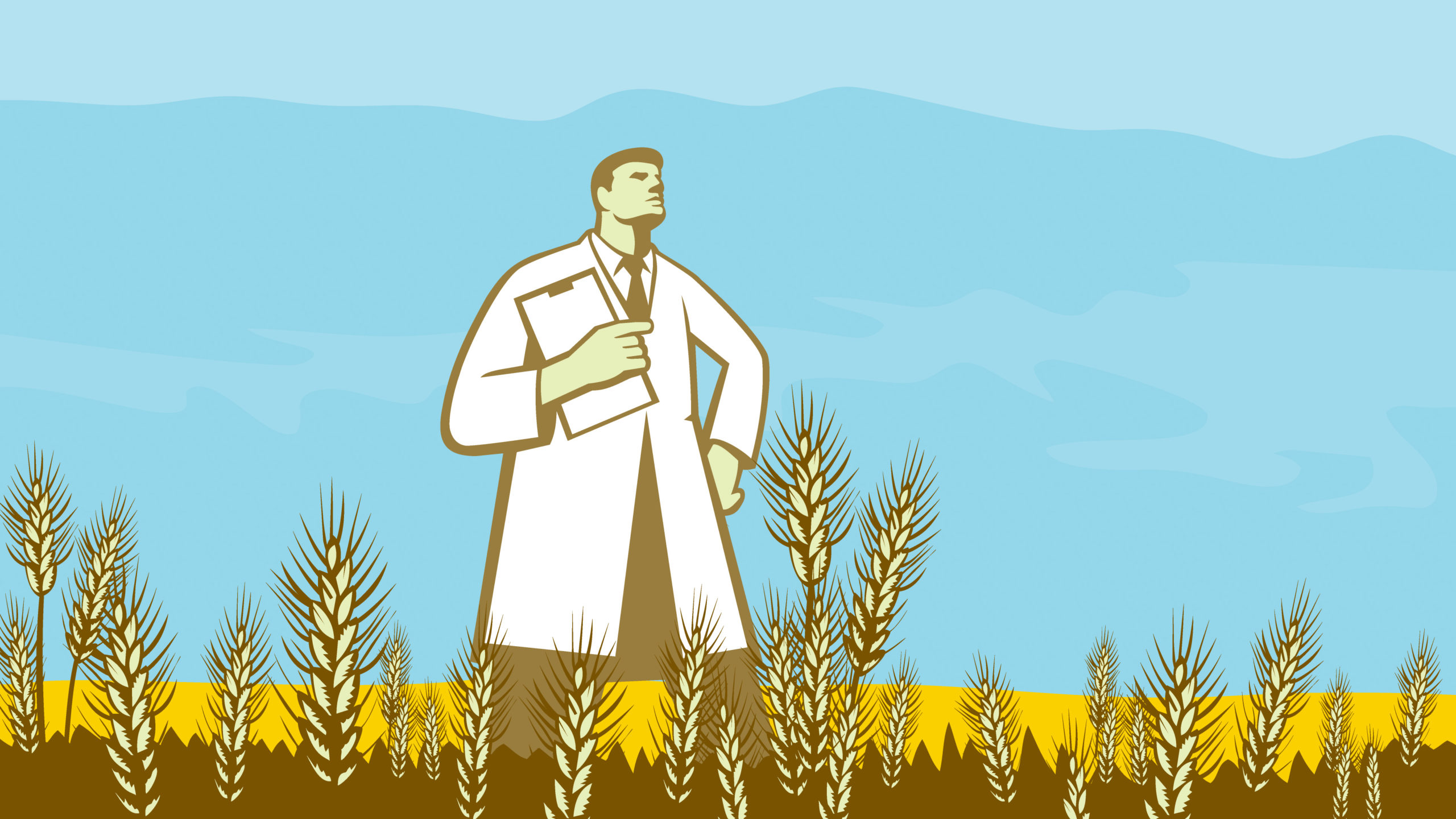Genetically engineered (GE) foods, alternatively known as Genetically Modified Organisms (GMOs), have been around since the dawn of agriculture. Humans have been genetically modifying plants and animals, first inadvertently, and later through primitive selective breading, for nearly 30,000 years. Nearly the whole pantry of food and animal products we think of as natural and historically unchanged would be unrecognizable in their original prehistoric forms.
Let’s be clear: eating genetically engineered food is safe, healthy and nutritious. Hundreds of millions of people buy and consume GE foodstuffs daily, to the betterment of themselves and their families. While GE crops and derived foods have been extensively and successfully safety-tested for decades, the anti-GE movement still rails against the research, production and consumption of GE food crops. This academically unsupportable dissent has historically retarded, and will continue to retard, human well-being and growth. That is particularly true for the world’s poorest people.
In developing countries and regions, where many millions subsist mainly on ordinary rice, a lack of Vitamin A can result in crippling disability or death. According to World Health Organization (WHO) figures, Vitamin A deficiency results in the blindness at least 250,000, and as many as 500,000, children annually. At least half of those children die within 12 months of becoming Vitamin A deficient.
A lack of Vitamin A in the diet is a problem exclusively confined to the world’s poor. It is a technical problem for which there is a readily available solution. The solution in question was first postulated by Peter Beyer, the professor of Cell Biology at Freiburg University in Germany, and Ingo Potrykus of the Institute of Plant Sciences in Switzerland. Beyer and his team utilized genetic engineering to insert the beta-carotene-producing genes into the DNA of normal rice. The result was rice modified in such a manner as to produce beta-carotene in situ within the plant – the so-called Golden Rice. The color of the rice is a clear indicator of the Vitamin A contained within. In many regions of China, India and Bangladesh, a daily serving of Golden Rice could prevent millions of cases of blindness, save an equal number of lives, and improve the economic prospects and general well-being of countless families in the decades to come.
Many NGOs and extreme environmentalists, such as Greenpeace, continue to prohibit, delay and restrict human ability to deploy genetic engineering in modern agriculture. A strictly GE/GMO-free organic lifestyle may well be enjoyed without deleterious consequences by a minority of wealthy individuals in developed countries. But forcing such a lifestyle upon the world’s poor is unjust, unethical, unproductive and unnecessary. Improvements in agricultural technology have saved hundreds of millions of lives, and will undoubtedly save hundreds of millions more in the future.
The irrational fear and abhorrence of genetically engineered crops has deep roots in human evolution. More than a hundred thousand years of trial and error allowed our species to laboriously work out which plants and animals were edible and nutritious, and which were dangerous or low in nutrients. This information was collected and handed down through oral instruction from parent to child, family to family and merchant to merchant.
While many factors have contributed to the delay in the research, production, distribution farming of key GE crops, the root cause is all too often an irrational fear of the unknown hazards and risks of GE products. A recent study—aptly titled, “Extreme Opponents of Genetically Modified Foods Know the Least But Think They Know the Most”—captures the current state of play perfectly:
“Genetically modified (GM) foods are judged by the majority of scientists to be as safe for human consumption as conventionally grown foods, and have the potential to provide substantial benefits to humankind, such as increased nutritional content, higher yield per acre, better shelf life and crop disease resistance—yet there is substantial public opposition to their use around the world. In the United States, a poll by the Pew Research Center found that 88% of scientists thought GM foods were safe to eat, while only 37% of lay-people thought so, the largest gap for any of the issues tested.”
Every month of delay in the development of higher-yielding, more nutritious, more extreme environment-tolerant crops that require less fertilizer and pesticide is another month that future generations will look back on in embarrassment. Over the next 25 years, the development and successful use of genetic engineering in the production of agricultural crops will play a key role in the enhancement of human flourishing. It will save and enrich the lives of millions. That, however, will only be possible if people support the research, development and use of GE technologies in a rational manner.





